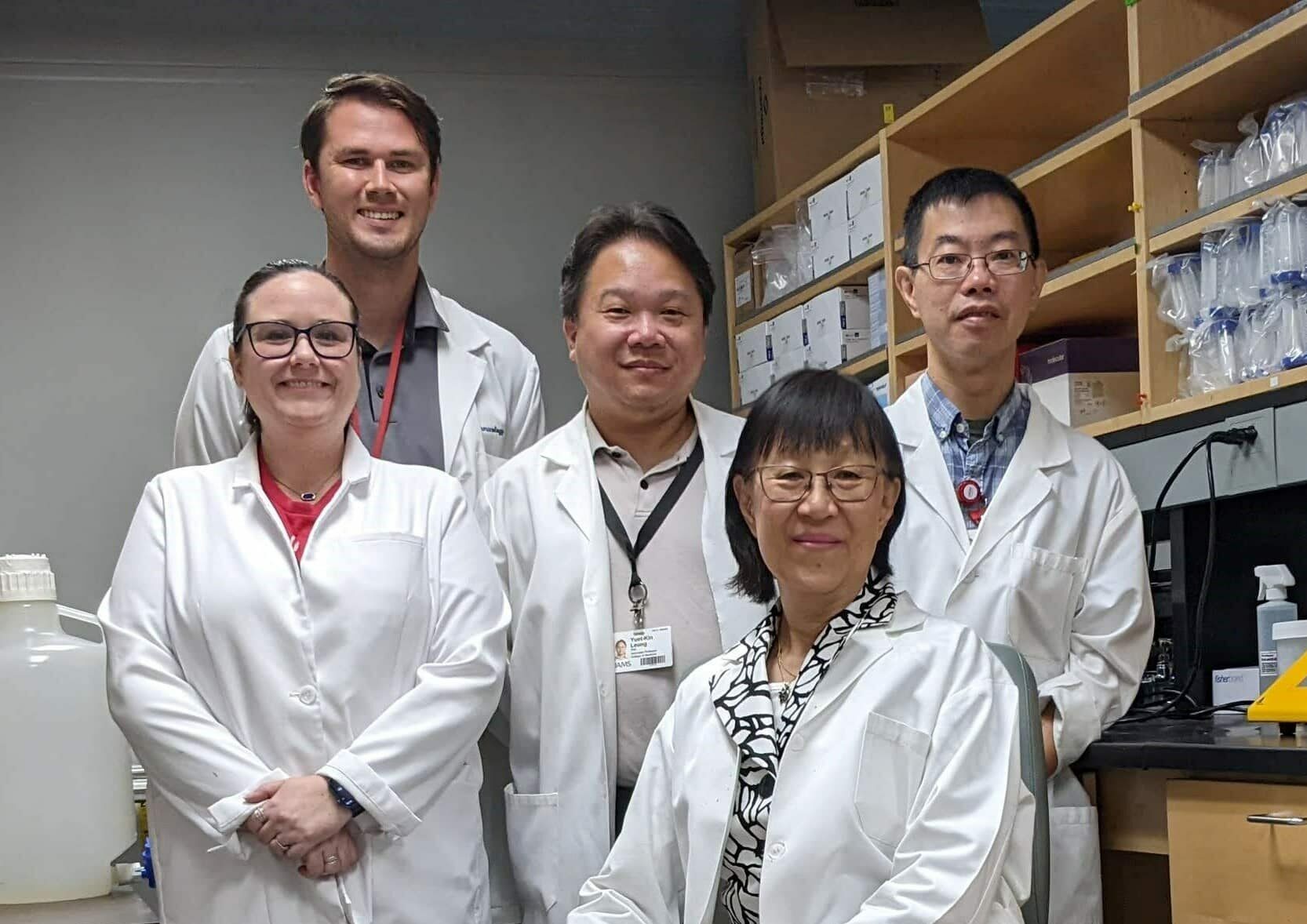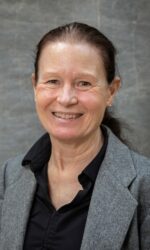UAMS Part of $6 Million National Effort to Make Testing for Toxins in Water and People Less Costly, Easier
| LITTLE ROCK — The University of Arkansas for Medical Sciences (UAMS) is co-leading a National Science Foundation (NSF)-funded effort to develop advanced, inexpensive devices to detect toxins in water and people.
UAMS’ $908,952 portion of the four-year, $6 million project involves testing a novel way to detect toxins in humans, and is led by Shuk-Mei Ho, Ph.D., vice chancellor for Research and Innovation.
The multidisciplinary project team also includes researchers from Louisiana Tech University in Ruston, Louisiana State University Shreveport, University of Alabama at Birmingham, Boise State University in Idaho, and the University of Arkansas at Pine Bluff (UAPB).
Titled, “Facilitating Ubiquitous Technology Utilizing Resilient Eco-friendly Sensors (FUTURE Sensors),” the project is funded through the NSF Established Program to Stimulate Competitive Research (EPSCoR), a federal-state partnership program that aims to enhance research competitiveness of targeted states and other jurisdictions.
A major goal of the project is to harness emerging technologies to develop an affordable new generation of tests for heavy metal toxins in people and to significantly increase the frequency of monitoring for toxins that leach into surface and ground water.
“This project represents an exciting convergence of technological advances to create a new class of sensors,” Ho said. “We believe the innovations that result from our work can revolutionize both the water testing industry as well as testing for toxic heavy metals in humans.”
The project integrates sensor inks from Boise State University, environmental monitoring at University of Alabama at Birmingham, sensor characterization and fabrication at Louisiana Tech and environmental toxicity on human health at UAMS.
The overall project is led by Terri Murray, Ph.D., at Louisiana Tech, where she is associate professor of biomedical engineering and directs the Integrated Neuroscience and Imaging Lab Center for Biomedical Research and Rehabilitation Sciences.
“We are excited to receive funding from the National Science Foundation to develop FUTURE Sensors,” Murray said. “These novel devices will transform the way we detect environmental pollutants in people and in our rivers and lakes.”
The project aims to develop printable sensors to measure toxic chemicals in surface and drinking water for widespread environmental surveillance. These sensors will also measure levels of environmentally-produced toxins in at-risk human populations and for individual use.
UAMS will focus on studying human sensors with carbon dots (fluorescent nanomaterials) that can detect heavy metals in urine. Ho’s team will work with the UAMS Translational Research Institute to test the sensors using urine from volunteer study participants.
Ho noted that existing methods for detecting heavy metals requires expensive atomic spectroscopy or another analytical technique using mass spectrometry. That contrasts with the project team’s proposed development of noninvasive human heavy metal sensors for on-site use.
The proposed low-cost water monitoring system will use biodegradable materials and printable sensor ink that can relay contaminate information in real time using cell phone technology.
“We believe this work can be a great benefit to society by providing a new generation of tests for municipal, corporate and homeowner water supply monitoring, as well as home tests and community-based exposure to toxins,” Ho said.
The team also plans to commercialize its new sensor technologies and foster academic-industrial partnerships to create jobs and tax revenues that will improve the economies of the EPSCoR jurisdictions and in the larger sensor industry.
Ho said the project will also benefit vulnerable communities that are disproportionately exposed to toxic chemicals, and it will broaden the participation of underrepresented groups into science, technology, engineering and math (STEM) fields.
The project will also encourage training and mentoring programs for students, post-doctoral scholars and early career faculty in the program.
As part of the multifaceted project, UAPB will lead a hybrid mentoring and summer research program for underrepresented minority students from UAPB and the other participating institutions. The overall goal is to recruit, train and retain a diverse workforce in the sensor industry.
UAMS co-investigators on the project are:
- Linda Larson-Prior, Ph.D., professor, College of Medicine Department of Psychiatry and Department of Neurobiology and Developmental Sciences
- Yuet-Kin “Ricky” Leung, Ph.D., associate professor, College of Medicine Department of Pharmacology and Toxicology
The UAMS Translational Research Institute is funded by a Clinical and Translational Science Award from the National Center for Advancing Translational Sciences at the National Institutes of Health, award number UL1 TR003107.
UAMS is the state’s only health sciences university, with colleges of Medicine, Nursing, Pharmacy, Health Professions and Public Health; a graduate school; a hospital; a main campus in Little Rock; a Northwest Arkansas regional campus in Fayetteville; a statewide network of regional campuses; and eight institutes: the Winthrop P. Rockefeller Cancer Institute, Jackson T. Stephens Spine & Neurosciences Institute, Harvey & Bernice Jones Eye Institute, Psychiatric Research Institute, Donald W. Reynolds Institute on Aging, Translational Research Institute, Institute for Digital Health & Innovation and the Institute for Community Health Innovation. UAMS includes UAMS Health, a statewide health system that encompasses all of UAMS’ clinical enterprise. UAMS is the only adult Level 1 trauma center in the state. UAMS has 3,275 students, 890 medical residents and fellows, and five dental residents. It is the state’s largest public employer with more than 12,000 employees, including 1,200 physicians who provide care to patients at UAMS, its regional campuses, Arkansas Children’s, the VA Medical Center and Baptist Health. Visit www.uams.edu or uamshealth.com. Find us on Facebook, X (formerly Twitter), YouTube or Instagram.###

